SUMMARY
This is AI generated summarization, which may have errors. For context, always refer to the full article.
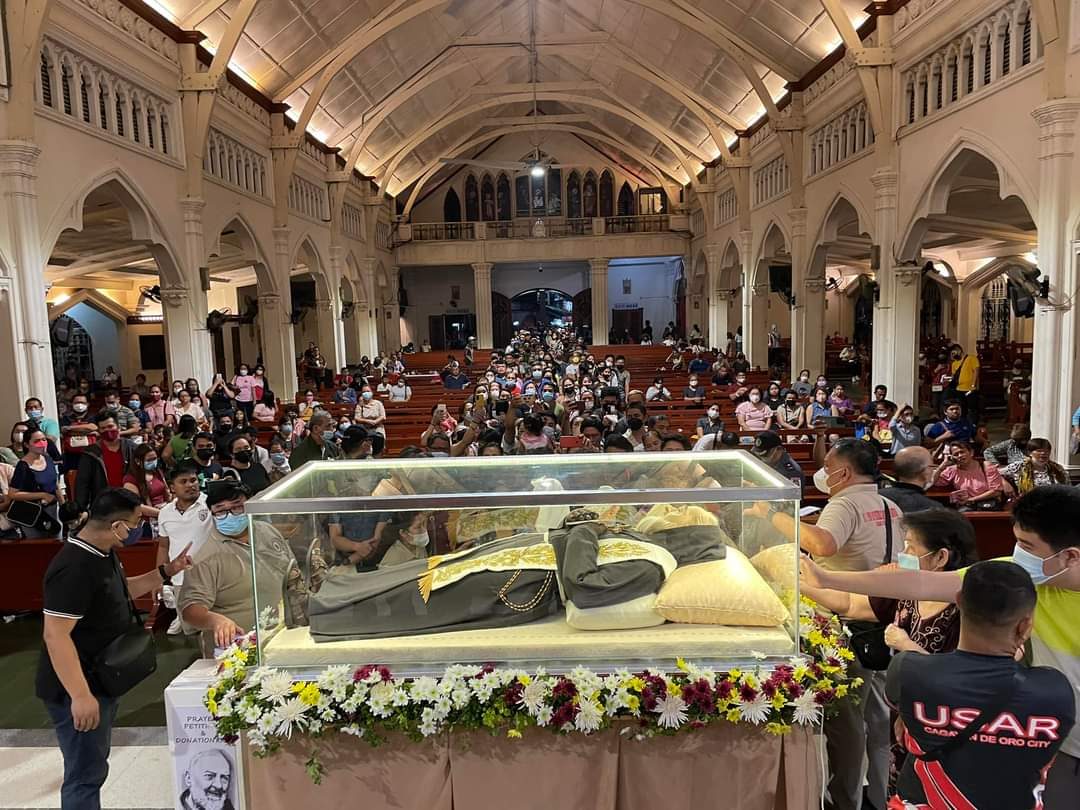
CAGAYAN DE ORO CITY, Philippines – Thousands of religious devotees have flocked to the Saint Augustine Metropolitan Cathedral in Cagayan de Oro since Wednesday, February 8, to see one of the reliquary images of the Italian saint Padre Pio.
The venerated image of the 20th century saint will be on display in local churches where masses are scheduled until Thursday, February 9, before it is sent back to Cebu.
The reliquary image, a representation of Saint Pius of Pietrelcina, was brought to Northern Mindanao along with some of his hair strands and blood, according to Monsignor Rey Monsanto, a member of the local Catholic archdiocese’s presbyteral council.
Monsanto said the reliquary image is an exact copy of Padre Pio’s preserved body that lies in the Chapel of Relics in the Church of Santa Maria delle Grazie in San Giovanni Rotondo, Italy.
Before arriving in Cagayan de Oro, the image and relics were taken to Iligan City from Cebu, and then to the Divine Mercy Shrine in El Salvador City and several towns in Misamis Oriental.
Fr. Roberto Balsamo Jr., a priest serving in Tagoloan, Misamis Oriental, claimed on Wednesday that he witnessed a remarkable event while visiting the Benedictine Monastery of Saint Anne in Iligan City.
According to Balsamo, as soon as Padre Pio’s relics were brought to the monastery, the dried blood of another saint, Saint Anne, was seen to suddenly liquefy.
Balsamo’s claim, if proven true, would be seen as a miraculous occurrence by many within the religious community.
The phenomenon of liquefying blood relics, although not well understood, has been recorded in the histories of various Catholic saints and is considered by some to be a sign of their ongoing intercession.
Reliquary images are taken from one church to another to foster strong devotion and inspire and comfort those seeking intercession.
Padre Pio was known for his piety and charity, and was a Vatican-confirmed stigmatist. Claims of supernatural occurrences were attributed to him even after his death.
Monsanto said Cagayan de Oro priests hope that the display of the reliquary image will encourage Catholics to regularly go to confession and fast, which Padre Pio was known for.
He said the saint spent long hours hearing confessions even while he was sick because he believed it to be “the soul’s bath.”
Aside from weekly confessions, Padre Pio also advocated daily participation in communion, reading spiritual materials, meditating, and regularly examining one’s conscience.
Born Francesco Forgione, Padre Pio was an Italian Catholic priest under the Order of Friars Minor Capuchin and lived from 1887 to 1968.
He was canonized as a saint by Pope John Paul II in 2002. – Rappler.com
Add a comment
How does this make you feel?





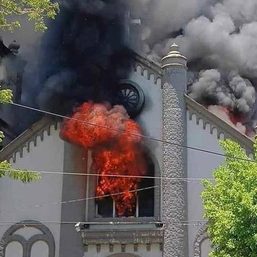
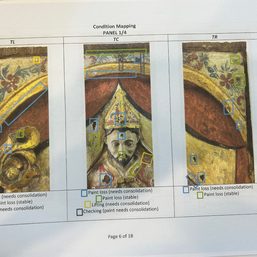
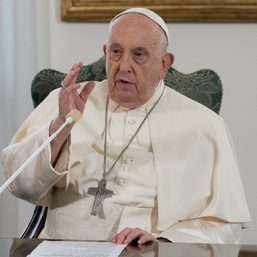

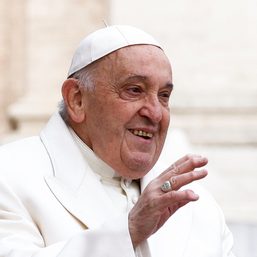
![[Judgment Call] Is Rappler an ‘enabler’ of Catholic ‘copycats’?](https://www.rappler.com/tachyon/2024/04/catholics-copycats-april-18-2024.jpg?resize=257%2C257&crop=418px%2C0px%2C1080px%2C1080px)






![[Rappler’s Best] The elusive big fish – and big fishers](https://www.rappler.com/tachyon/2024/04/The-elusive-big-fish-%E2%80%93-and-big-fishers.jpg?resize=257%2C257&crop=220px%2C0px%2C720px%2C720px)
There are no comments yet. Add your comment to start the conversation.